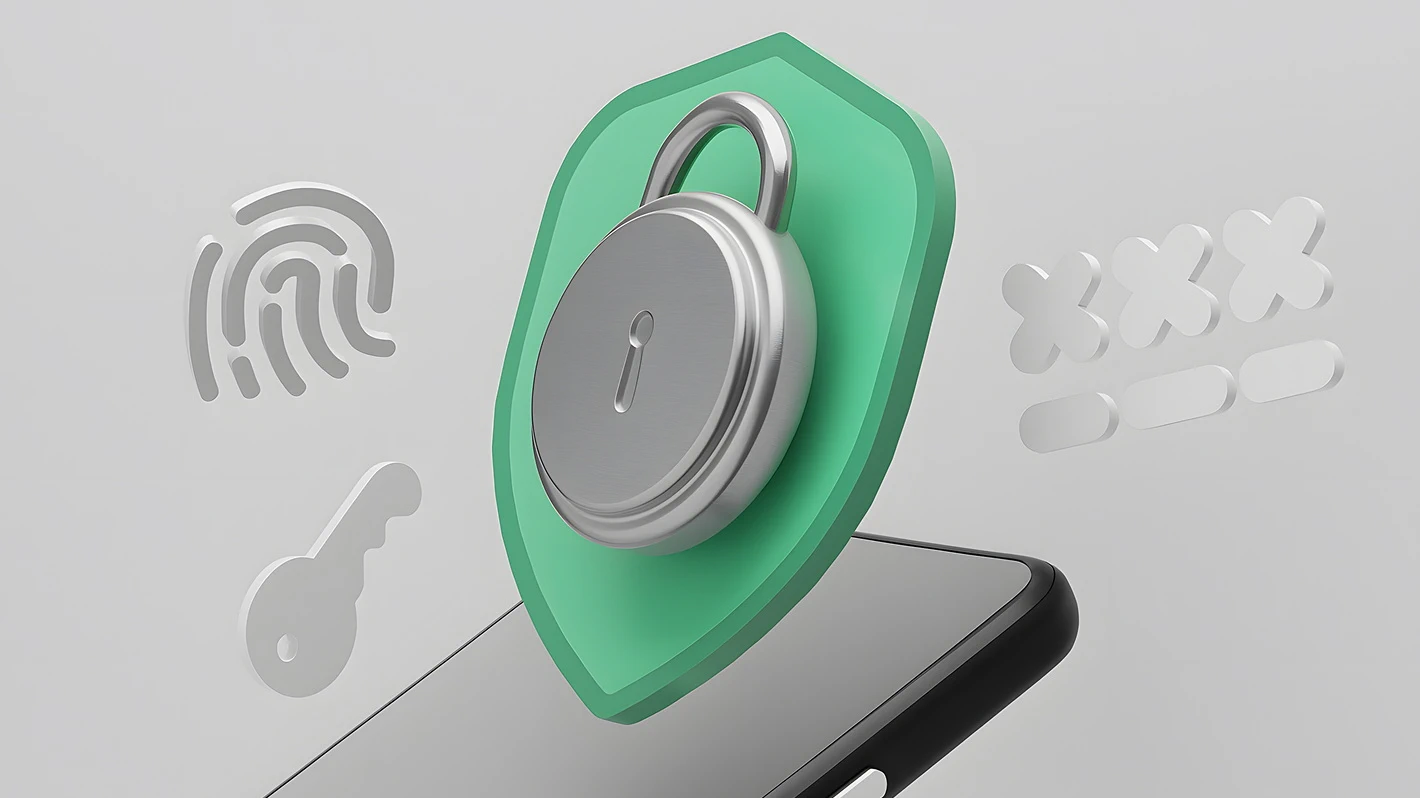Chasing greater revenue, a fusion of traditional tactics and innovative technology stands paramount. Explore upselling techniques, where customers are enticed to consider superior product versions, and suggestive selling, where add-on options enhance the core purchase.

When properly implemented, add-on selling and bundle selling can boost revenue growth and improve customer contentment. While the benefits are evident, mastering this approach is truly an art form. Identifying the right opportunities takes a certain level of expertise. Furthermore, persuading consumers to spend additional revenue must reward their trust rather than punishing it. Companies adept at these techniques will not only enhance their product offerings but also cultivate a more dedicated clientele.
Bundle selling uses the purchasing power of existing customers by recommending products and services complementary to their past buys. Given that the likelihood of selling to an existing customer stands at 70% versus a mere 20% with newcomers, cross-selling emerges as a central tactic for revenue increase.
The double processes of upselling and cross-selling are valuable to all types of companies, the thing is to use them adeptly and strategically. In this article, we’ll discuss tips and guidelines on the right way to leverage these skills. By tailoring them to your business’s particular products or services, you can strengthen your bottom line and improve your revenue channels.
Cross-Selling vs Upselling: Unpacking Profitable Tactics
Both cross-selling and upselling are effective marketing techniques, but they shine in distinct situations. To optimize profits and enhance customer satisfaction, integrating both approaches is beneficial for business growth. However, recognizing the distinctions between cross-selling and upselling is crucial to determine the most appropriate times to use each method.
Cross-selling involves recommending complementary products or services to customers based on their current purchases, aiming to increase the overall value of the transaction. For example, suggesting a protective case when a customer buys a smartphone. On the other hand, upselling encourages customers to purchase a higher-end product, an upgrade, or an additional feature, with the intent of making a larger sale. For instance, persuading a customer to opt for a higher storage capacity on a new laptop instead of the base model they initially considered, especially if they struggle to clear temporary storage and other digital clutter on a regular basis. Both strategies require a deep understanding of product offerings and customer needs to be executed effectively.
Upselling and cross-selling boost revenue and enhance customer experience (CX). Their success depends on deep product knowledge, enabling the sales team to recommend complementary items or superior alternatives effectively.
10 Successful Upselling and Cross-Selling Strategies
To dive into upselling and cross-selling, you need a clear strategy and a good grasp of your offerings. It’s all about smoothly adding value to each customer’s purchase, making sure they see the extra spend as a solid investment. Let’s go through these techniques, with a starting point that orbits around thorough product knowledge.
Become a Product Expert
Effective upselling and cross-selling begin with the products or services your business provides. The better your team members understand them, the more readily they can identify the features and benefits that work well with each other. This involves identifying complementary products for cross-selling as well as pinpointing the advantages of a premium product over less expensive versions.
The advantages of a comprehensive product understanding are manifold. Businesses can seamlessly recommend additional items tailored to a customer’s preferences. For example, by highlighting them during the online checkout process or offering precise suggestions that align with the customer’s requirements. Such insights not only boost sales but also elevate customer satisfaction. Additionally, upselling often leads to a product that’s more durable or functional, enhancing the overall customer experience with the product.
Information is pivotal for upselling and cross-selling. They inform customers about special features or complementary products. It’s essential to emphasize product differences (for upselling) and their combined benefits (cross-selling). When customers grasp the value of their added investment, they’re more inclined to buy and remain satisfied.
Use Customer Data and Behavior Analytics
The next step in the eCommerce journey is learning as much about your customers’ needs and preferences as you know about your products. This gives you the background to make stronger recommendations for upselling and cross-selling. Moreover, it provides you with an understanding of what customers are looking for in your products. That’s the starting point for a one-on-one relationship—especially with particularly loyal or long-standing clients.
Every customer is unique. The more you can relate to them as one human being to another, the more readily they will trust and communicate openly with you. Employing effective sales methodologies that include real-time suggestions based on customer behavior and past purchases through dynamic cross-selling can boost sales by 20%.
Customer data and behavior analytics are vital to supplying this critical user information. By utilizing data analytics in the retail industry, you can gain deeper insights from customer surveys, sales figures, and purchasing histories to encourage upselling and cross-selling. Specific trends provide insight into your clients’ spending habits as well as places in your business’s operation that could be improved. Artificial intelligence (AI) data analytics is able to mine useful details out of raw information, with an eye on developing new upselling or cross-selling tactics.

Avoid High-Pressure Selling Tactics
Regardless of the types of customers you have, there are a few constants with respect to their behavior and reactions. No one likes to have products pushed on them, nor do they like feeling hustled. While cross-selling can be facilitated by impulse buys and “pre-selected” add-ons, these methods don’t drive repeat business. Businesses that push unwanted products are far more apt to lose clients than to pick up additional sales.
Pushy sales tactics can deter customers. A Gartner report shows that in the buying journey, sales reps interact only during the last 5%, with buyers independently handling the initial 95%. This underlines the importance of trust-building in that crucial 5%. Buyers want more guidance than pressure. High-pressure tactics can risk negative online feedback, tarnishing the brand’s reputation.
Instead, make informed recommendations based on their buying patterns and likely needs. That gives them the dignity of choice—the capacity to make up their own minds while still recognizing the benefits of a new product.
Transparency does wonders in this department, as does insight and trust. Treating clients with friendliness and honesty can pay big dividends. A company that knows what their clients want and understands their purchase habits can upsell or cross-sell to them far more effectively than one that doesn’t. Customers will respond with repeat business and higher satisfaction levels. Your promotional emails should be personalized and bring real value to the customer. Avoid high-pressure tactics and focus on building trust and offering helpful recommendations.
Highlight Your Product’s Value

One of the best ways to sell a product is to stress its value. This hinges on knowing your products and your customers. In this scenario, understanding the product means knowing how useful it will be in a given circumstance. At the same time, understanding your clients means knowing what they value and what they might want to purchase.
This is particularly true when it comes to upselling and cross-selling. A more expensive product is usually of a higher quality, making it more durable. In addition, it may offer extra features and benefits that improve its utility in a variety of circumstances. Furthermore, perhaps a product does its job better when paired with an additional purchase. An example of this is cross-selling a phone cover when users upgrade their mobile device.
Regardless of the specifics, effective upselling and cross-selling depends on demonstrating added value. That is, showing clients the benefit of their extra purchase. Testimonials and case studies are excellent ways to do that, as they provide third-party confirmation of the product’s worth.
Improve Your Timing
Timing can be vital in these instances. The client needs to be in the right state of mind to listen to the offer. Moreover, they need an adequate budget and sufficient interest levels to make the purchase. Strong data and a good sense of the client’s needs can help team members ascertain the best point to make a pitch.
Demonstrating value can take time, but it pays off. Clients who understand the value they are paying for tend to be happier with their purchase. This enhances repeat business and makes engaging them easier going forward. It also helps businesses stand out from their competitors and demonstrates the company’s value to both customers and investors. When applied over time to as many of the company’s products or services as possible, it sets a pattern for success that can last for decades.
Offer Generous Incentives for Your Customers
Cross-selling and upselling work best by accentuating the positive rather than by suggesting negative results for not acting. The carrot always works better than the stick — not just for boosting sales but also for building trust with clients. Accordingly, businesses hoping to improve their sales should offer incentives. In other words, rewards that make it as easy as possible for customers to purchase additional or upgraded items.
Incentives, from traditional discounts to online promo codes, have always driven business. They’re easily accessible in eCommerce, like website discount codes or pre-purchase cross-selling. Loyalty rewards, from “buy 10, get 1 free” offers to membership discounts, benefit long-term clients. For example, Amazon upsells with expedited shipping options. One more working marketing trick is the “money-back guarantee”. One of the studies by the American Economic Review found that companies that introduced a ‘money-back guarantee’ saw their sales surge by 21%.
Like other sales tactics, incentivizing boosts user satisfaction and product understanding. It enhances communication, encourages repeat business, differentiates from competitors, and positions your business prominently in a crowded market.
Boost Sales with Effective Customer Service

Sometimes more than a given business’s sales team, customer service operations are a powerful way to implement upselling and cross-selling strategies efficiently. Customer service is often the most direct point of contact with clients, which makes it an effective arena for facilitating trust and loyalty. Service desks often address product issues, from defects to recurring problems. Resolving these boosts customer satisfaction and presents opportunities for upselling and cross-selling.
A customer service department that has earned client trust can make upselling or cross-selling recommendations to clients as part of their exchange. Provided their problem has been quickly and efficiently resolved by the company, the client will likely be more responsive to such suggestions. After resolving issues, customer support often follows up, creating more touchpoints with clients. Even a simple follow-up message including an e-business card can make the interaction feel more personal and professional. Their product knowledge lets them spot upselling/cross-selling opportunities and naturally offer suggestions.
Use Feedback As a Strategic Tool
Customer feedback also provides vital data that the company can use to improve products or services. That, too, represents a good opportunity to practice upselling/cross-selling. As an example, they could suggest upgraded versions or ancillary products that address the customers’ issues.
Even though data analysis provides specific points of concern, the team themselves often have a good handle on where the client base is coming from. As such, they can use that knowledge to guide upselling/cross-selling efforts accordingly.
A customer relationship database can track interactions, offering insights into user concerns and potential follow-ups. Aligning this with broader goals may be time-consuming, but the enhanced sales and performance are worth it.
Embrace Technological Innovations
Technology is always in a state of flux, and it can be challenging for companies to adapt to the latest innovations. This is especially true when it comes to customer interactions, which can be negatively affected by improperly deployed technology. Consequences here range from keeping people stuck on hold to failing to provide the right information when the consumer needs it.
Unfortunately, these concerns about new technology could easily leave businesses lagging behind their competition. Conversely, those who embrace this technology and use it to their advantage will benefit in countless ways — including enhanced upselling and cross-selling opportunities.
It all starts with offering convenience to the client. Websites and eCommerce apps make the act of purchasing easy, while common problems can be rapidly addressed via chatbots and similar interfaces. Further, technology allows companies to bundle products suitable for an upsell or cross-sell, and then offer an incentive at the best possible stage of the sales process.
Online interactions provide valuable data for marketing teams, highlighting upselling opportunities and highlighting recurring issues. Improved automated systems can better assist customers, and data tagging shows popular products, easing cross-selling efforts. While AI requires human oversight to ensure quality customer experience, proper use of tech can streamline upselling/cross-selling, accelerating business growth.
Leverage Social Proof and Testimonials
The positive experiences of existing customers can be a gold mine when it comes to persuading potential clients to engage in upselling and cross-selling. In essence, social proof leverages the principle that people trust the opinions and actions of others, particularly their peers or individuals they respect. Displaying testimonials and reviews can sway a customer’s decision, making them more likely to consider an upgraded or additional product.
In fact, according to a survey by BrightLocal, 98% of consumers read online reviews. If you place customer reviews strategically on your website, particularly near relevant products, it can enhance your upselling and cross-selling efforts. Creating a section dedicated to case studies, customer stories, and reviews will not only build credibility but will also serve as a resourceful page for customers on the fence about certain products or services.
Moreover, utilizing customer-generated content, such as unboxing videos, user guides, and product demos, can also boost the authenticity and relatability of your brand. These tactics can subtly encourage customers to explore and invest in premium or additional offerings by providing them with authentic, unbiased insights from their peers. Ultimately, social proof and testimonials act as a soft yet convincing nudge, subtly guiding customers towards making additional purchases without hard-selling tactics, thereby maintaining a pleasant and customer-centric shopping experience.
Helpware Team Knows Everything About Upselling and Cross-Selling
Upselling and cross-selling are essential to a business’s sales strategy. Integrating these tactics boosts rewards, as they enhance sales, customer retention, and trust. They share positive feedback and recommendations and strengthen long-term loyalty, leading to repeat purchases.
Helpware provides customer service outsourcing for a range of industries, optimizing their eCommerce and retail operations while building personal connections with customers. This includes person-to-person call centers, email, chat, digital IT, and technical outsourcing. The main advantages here are cost savings as well as eliminating the need to fund and organize such operations in-house.
Helpware has tools your business can use to take advantage of upselling and cross-selling opportunities. With our products and services, you can expand your profit margins and stabilize your customer base too. Contact us today to schedule an appointment, and let Helpware move your business to the next level.












